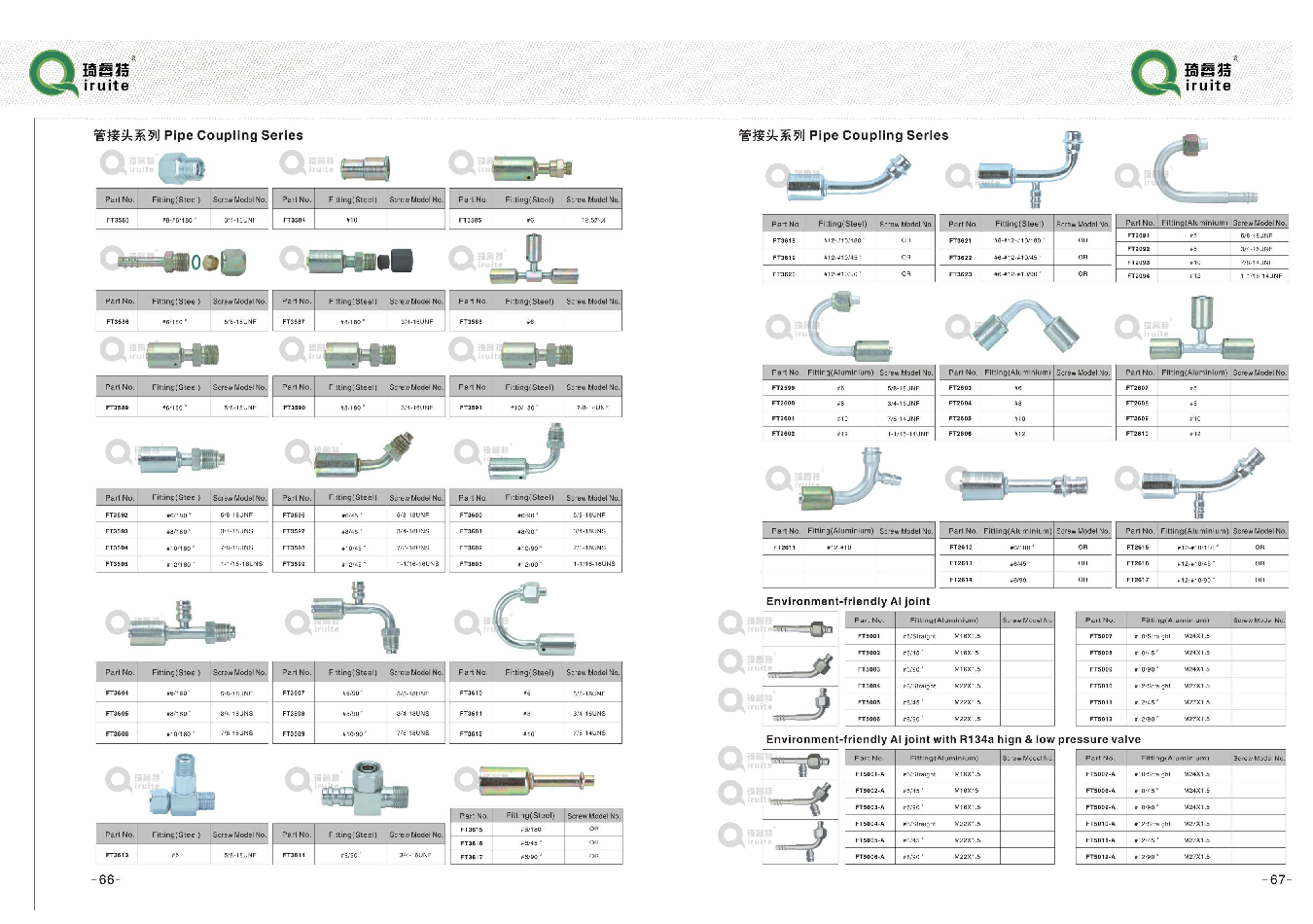Non-Threaded Pipe Couplings for Secure and Efficient Connections in Plumbing Systems
Non-Threaded Pipe Coupling A Comprehensive Overview
In the realm of plumbing and piping systems, the significance of coupling cannot be overstated. Couplings serve as crucial components that connect pipes while allowing for flexibility and movement. Among the various types of couplings, non-threaded pipe couplings have garnered attention due to their ease of use, reliability, and versatility in a wide range of applications. This article aims to provide an in-depth understanding of non-threaded pipe couplings, their types, applications, advantages, and considerations for use.
What are Non-Threaded Pipe Couplings?
Non-threaded pipe couplings are devices designed to join two pipes without the need for threaded connections. Instead of using threads to create a secure joint, these couplings typically employ mechanisms such as compression, flanged connections, or welds. This approach eliminates the risks associated with thread wear and tear, misalignment, and potential leakage.
Types of Non-Threaded Pipe Couplings
1. Compression Couplings One of the most common forms, these couplings use a mechanical compression method to hold the pipes together. They typically consist of a coupling body, a rubber or plastic gasket, and compression rings. When the coupling is tightened, the gasket compresses around the pipes, creating a watertight seal.
2. Flanged Couplings Flanged couplings use flat surfaces with holes that are bolted together to join pipes. This type of coupling allows for easy disassembly, which is advantageous for maintenance and repair. Flanged connections are commonly used in high-pressure applications, where a secure attachment is crucial.
3. Welded Couplings In certain situations, welding is employed to join pipes permanently. Welded couplings create a strong bond between the pipes, ensuring no possibility of leakage. This method is prevalent in industries that handle high-pressure fluids or gases, such as oil and gas.
4. Clamp Couplings Clamp couplings utilize a clamping mechanism to hold the pipes together. The ease of installation and removal makes them a popular choice for temporary setups or where frequent disassembly is needed.
5. Push-Fit Couplings These innovative couplings involve a simple push-fit installation, allowing pipes to be joined quickly and effectively without the need for special tools. Push-fit couplings are gaining popularity in residential plumbing due to their efficiency and ease of use.
non threaded pipe coupling

Applications of Non-Threaded Pipe Couplings
Non-threaded pipe couplings find applications across various sectors, including
- Residential Plumbing Used in connecting water supply lines, drainage systems, and HVAC systems where flexibility and ease of maintenance are required. - Industrial Use In manufacturing and processing plants, where pipes must endure stress, heat, and chemicals, non-threaded couplings offer reliable performance. - Oil and Gas The demand for secure, high-pressure connections in this industry makes welded and flanged couplings particularly valuable. - Fire Protection Systems Effective piping is critical in these systems, and the integrity of connections through non-threaded couplings ensures reliability during emergencies.
Advantages of Non-Threaded Pipe Couplings
Non-threaded pipe couplings offer several advantages
- Ease of Installation The installation process for non-threaded couplings is generally quicker and requires fewer tools, making them ideal for both professionals and DIY enthusiasts. - Reduced Risk of Leaks With fewer components moving against each other, the likelihood of leaks due to wear and tear is significantly minimized. - Flexibility and Movement These couplings allow for thermal expansion and contraction of pipes, which is particularly beneficial in fluctuating temperature environments. - Durability Non-threaded couplings tend to have higher resistance to the stresses caused by vibrations, pressure changes, and temperature variations.
Considerations
While non-threaded couplings come with a plethora of benefits, it is crucial to consider factors such as the specific application, type of fluid being transported, pressure ratings, and temperature ranges. Selecting the right coupling type and material is essential to ensure safe and efficient operation.
Conclusion
In summary, non-threaded pipe couplings are an integral component in modern plumbing and industrial systems. Their diverse types, advantages, and broad applications highlight their importance in ensuring seamless and secure pipe connections. As technology continues to evolve, the development of new materials and designs in non-threaded couplings promises to enhance their performance and reliability, making them indispensable in the piping industry.
-
Ultimate Spiral Protection for Hoses & CablesNewsJun.26,2025
-
The Ultimate Quick-Connect Solutions for Every NeedNewsJun.26,2025
-
SAE J1401 Brake Hose: Reliable Choice for Safe BrakingNewsJun.26,2025
-
Reliable J2064 A/C Hoses for Real-World Cooling NeedsNewsJun.26,2025
-
Heavy-Duty Sewer Jetting Hoses Built to LastNewsJun.26,2025
-
Fix Power Steering Tube Leaks Fast – Durable & Affordable SolutionNewsJun.26,2025

